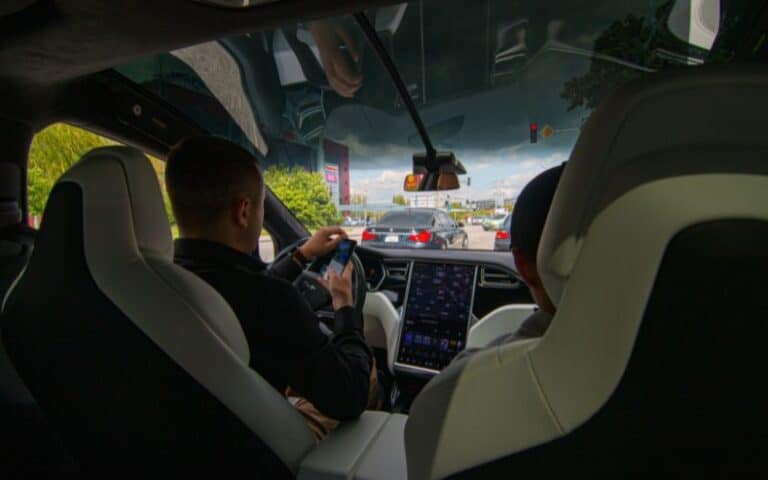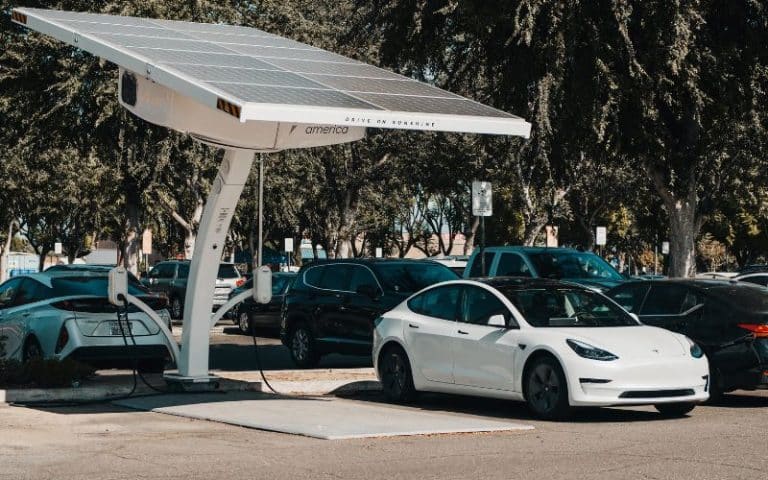Tesla Estimated Delivery Date Accuracy: The Real Story!
Tesla, a pioneering force in the electric vehicle industry, is renowned for its cutting-edge technology and innovative sales and distribution models.
Prospective Tesla buyers often receive estimated delivery dates as they make their purchases, promising a timeline for the arrival of their newly coveted electric vehicle.
However, this raises an essential question- How accurate are these estimated delivery dates provided by Tesla?
When it comes to Tesla’s estimated delivery date, accuracy is not always guaranteed. The company might miss the delivery deadlines, sometimes by several months. This issue is due to various factors, including production delays, weather events, and other unexpected circumstances. Therefore, patience is best, as you might not get it at the Tesla estimated delivery date.
This article will discuss the factors influencing Tesla’s estimated delivery date accuracy and potential reasons for discrepancies.
How Accurate Is the Tesla Estimated Delivery Date?

While Tesla’s estimated delivery date can give customers a general sense of when to expect their new car, it’s usually inaccurate.
Many factors can affect delivery times, including production delays, company shortages, and other unforeseen events.
That said, Tesla generally delivers vehicles within a reasonable timeframe, usually two to four months.
One important thing to remember is that the estimated delivery date is not a binding commitment on Tesla’s part.
While the company will do its best to deliver vehicles within the estimated timeframe, circumstances beyond its control may delay delivery.
For example, Tesla may experience delays in receiving parts or materials from its suppliers, or there may be an unexpected spike in demand that leads to longer wait times.
Below are some of the factors that affect Tesla’s estimated delivery date:
#1. Production Capacity
Regarding Tesla’s estimated delivery date, the company’s production capacity plays a significant role.
This factor is because the estimated delivery date is calculated based on the expected production output and the number of orders placed.
Moreover, if Tesla’s production capacity is lower than expected, it can result in a longer estimated delivery date.
On the other hand, if Tesla increases its production capacity, it can shorten the estimated delivery date.
#2. Component Shortages
As mentioned before, component shortages can cause significant delays in Tesla’s estimated delivery date.
For instance, the global chip shortage has been a major challenge for Tesla and other automakers in recent years.
To meet its production targets, Tesla has had to source chips from alternative suppliers and change its production process.
However, these changes can take time, resulting in longer customer delivery times.
#3. Seasonal Demand
Seasonal demand is another important factor that affects Tesla’s estimated delivery date.
Tesla’s vehicles are in high demand during certain times, such as the holiday season and the start of the new year.
This issue can lead to an increase in the estimated delivery date as Tesla works to meet the surge in demand.
In addition, Tesla has experienced seasonal demand for its vehicles in certain regions. For instance, in regions like China, the demand is often higher in the spring and summer months.
These seasonal fluctuations can impact Tesla’s ability to meet its delivery targets.
#4. Inventory Levels
Tesla’s inventory levels are another key factor affecting the estimated delivery date.
Tesla’s production schedule depends on the vehicles’ inventory levels available for delivery.
If there is a low inventory of vehicles, it can lead to longer estimated delivery dates.
On the other hand, Tesla can shorten the estimated delivery date if there is a high inventory of vehicles.
Inventory levels can also be affected by several factors, including the rate of production, sales, and the cancellation of orders.
#5. Shipping and Logistics
The shipping and logistics process can also affect Tesla’s estimated delivery date. Tesla vehicles are typically shipped from the factory to the customer’s location by truck or rail.
This process can be impacted by weather conditions, traffic, and other factors that can cause delays.
In addition, the shipping process can be affected by port congestion and other logistical challenges.
For example, in late 2021, Tesla faced significant delays in China due to port congestion and the impact of COVID-19 restrictions.
This issue resulted in an increase in the estimated delivery date for customers in China.
#6. Natural Disasters
Natural disasters can also impact Tesla’s estimated delivery date. In 2021, Tesla’s factory in Fremont, California, was forced to shut down for several days due to severe wildfires.
This natural disaster increased the estimated delivery date for vehicles scheduled for production during that time.
In addition, Tesla’s Giga Shanghai factory was also temporarily shut down in early 2022 due to the COVID-19 lockdown in China.
These natural disasters can significantly impact the estimated delivery date, as they can cause delays in production and shipping.
#7. Quality Control
Before Tesla delivers its vehicles to customers, they undergo a rigorous quality control process.
This process includes physical and software inspections to ensure the vehicles meet Tesla’s high standards.
However, if there are any issues during the quality control process, it can result in delays in the delivery date.
For instance, in early 2022, Tesla had to delay the delivery of some vehicles due to software quality issues.
This issue resulted from a new software update causing issues with the vehicles’ infotainment systems.
Does Tesla EDD Ever Get Pushed Forward?
Though Tesla’s estimated delivery date (EDD) is not guaranteed, there have been instances where the EDD has been pushed forward.
This change is more likely to happen if production capacity increases, Tesla resolves the component shortage, or demand fluctuates.
For example, in early 2022, Tesla’s EDD was pushed forward for some customers as the company ramped up production at its new factories in Texas.
Below is a table showing Tesla’s track record for EDD accuracy from 2021 to 2022
| Quarter | Accuracy of Delivery Within EDD |
|---|---|
| Q2 2021 | 78% |
| Q3 2021 | 83% |
| Q4 2021 | 75% |
| Q1 2022 | 70% |
| Q2 2022 | 80% |
However, it’s worth noting that not all customers will see their EDD pushed forward, and some may even see their EDD pushed back.
This issue is often due to changes in the order configuration or a shift in delivery location.
Additionally, Tesla may push the EDD of some customers forward and then push back again, depending on the supply chain and other factors.
How Often Does the Tesla EDD Get Pushed Back?
It’s difficult to determine how often the Tesla EDD gets pushed back, as it can vary significantly depending on various factors.
Some customers usually have their estimated delivery date pushed back multiple times, while others have had a relatively smooth experience.
It’s important to remember that the estimated delivery date is not guaranteed and can change at any time.
However, while purchasing your Tesla vehicle, it’s important to know that delays can occur.
Additionally, some customers may have their EDD pushed forward and then back again, depending on the supply chain and other factors.
Furthermore, you should note that the EDD can change even after you have placed an order and received a VIN (vehicle identification number).
Once a VIN is assigned, the EDD is often considered more reliable, but Tesla still reserves the right to make changes if necessary.
Sometimes, Tesla may push the EDD back just a few days or weeks; in other cases, it may extend to several months.
It’s always best to check with Tesla directly for the most up-to-date information regarding your specific delivery date.
Can Tesla EDD Be Pushed Back More Than Once?
Tesla’s estimated delivery date (EDD) can be pushed back more than once.
Some Tesla customers have experienced their EDD being pushed back multiple times before receiving their vehicle.
This issue is because Tesla’s EDD depends on several factors, including production, supply chain, and demand. If any of these factors change, the EDD can be adjusted accordingly.






